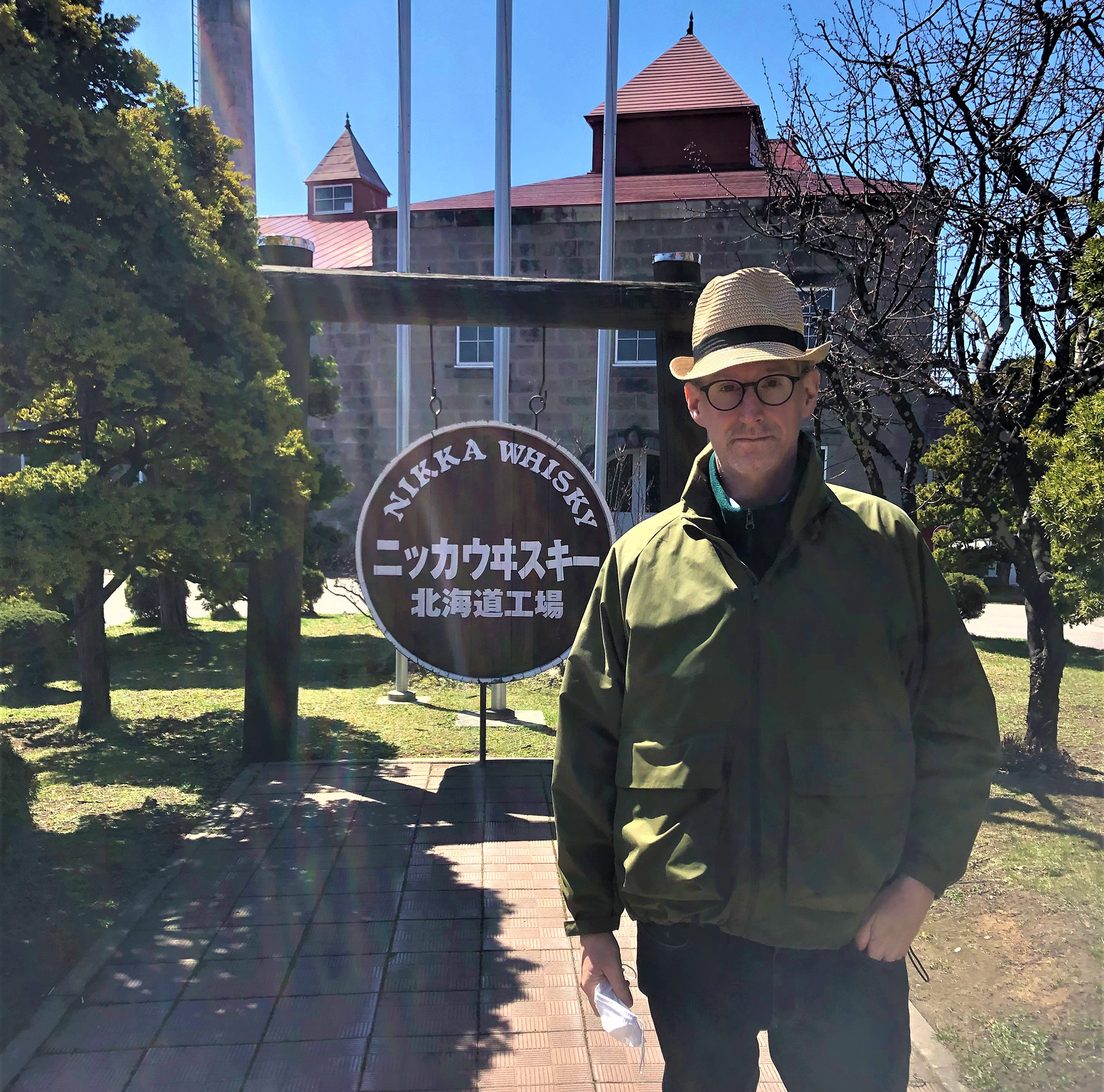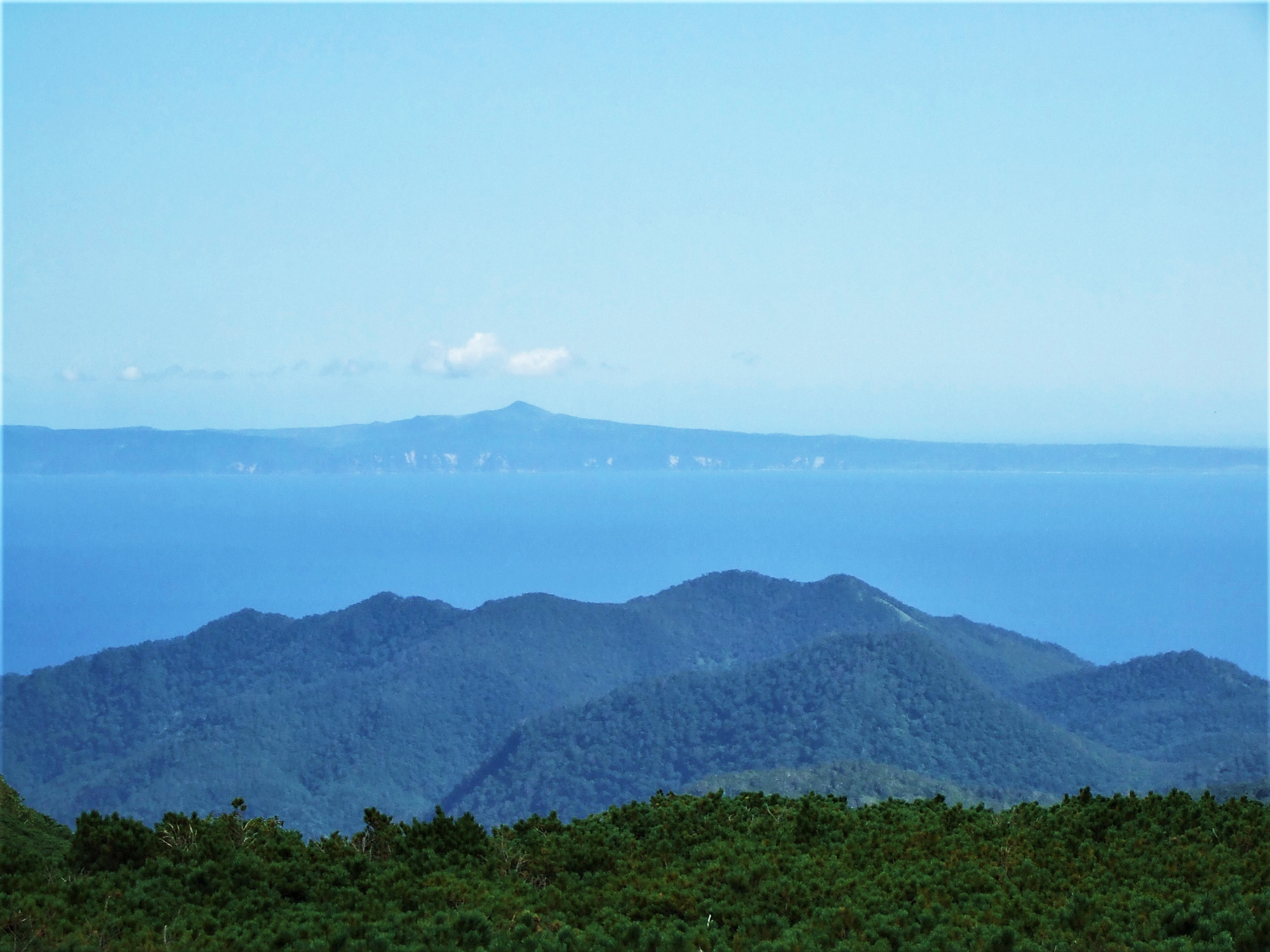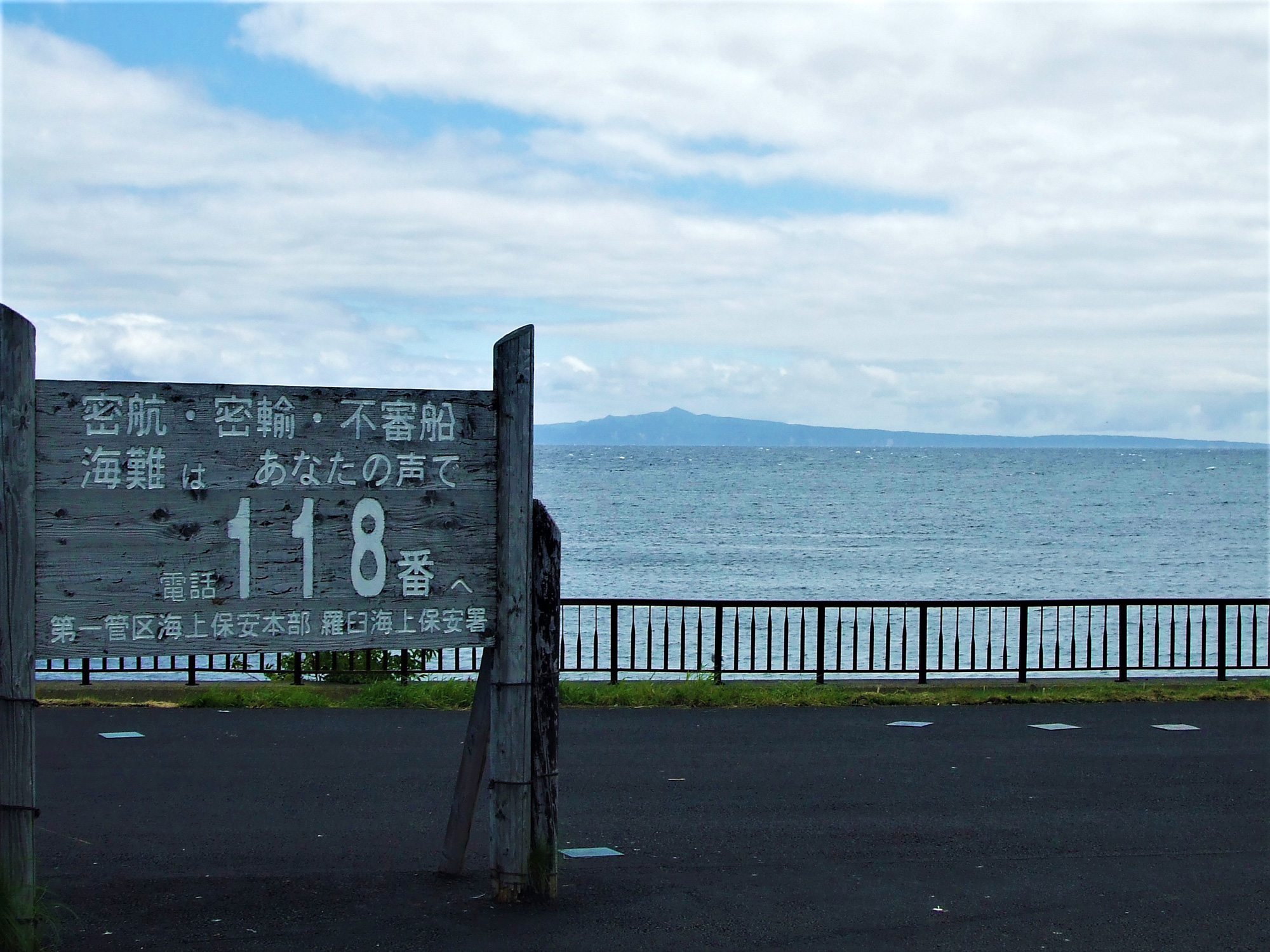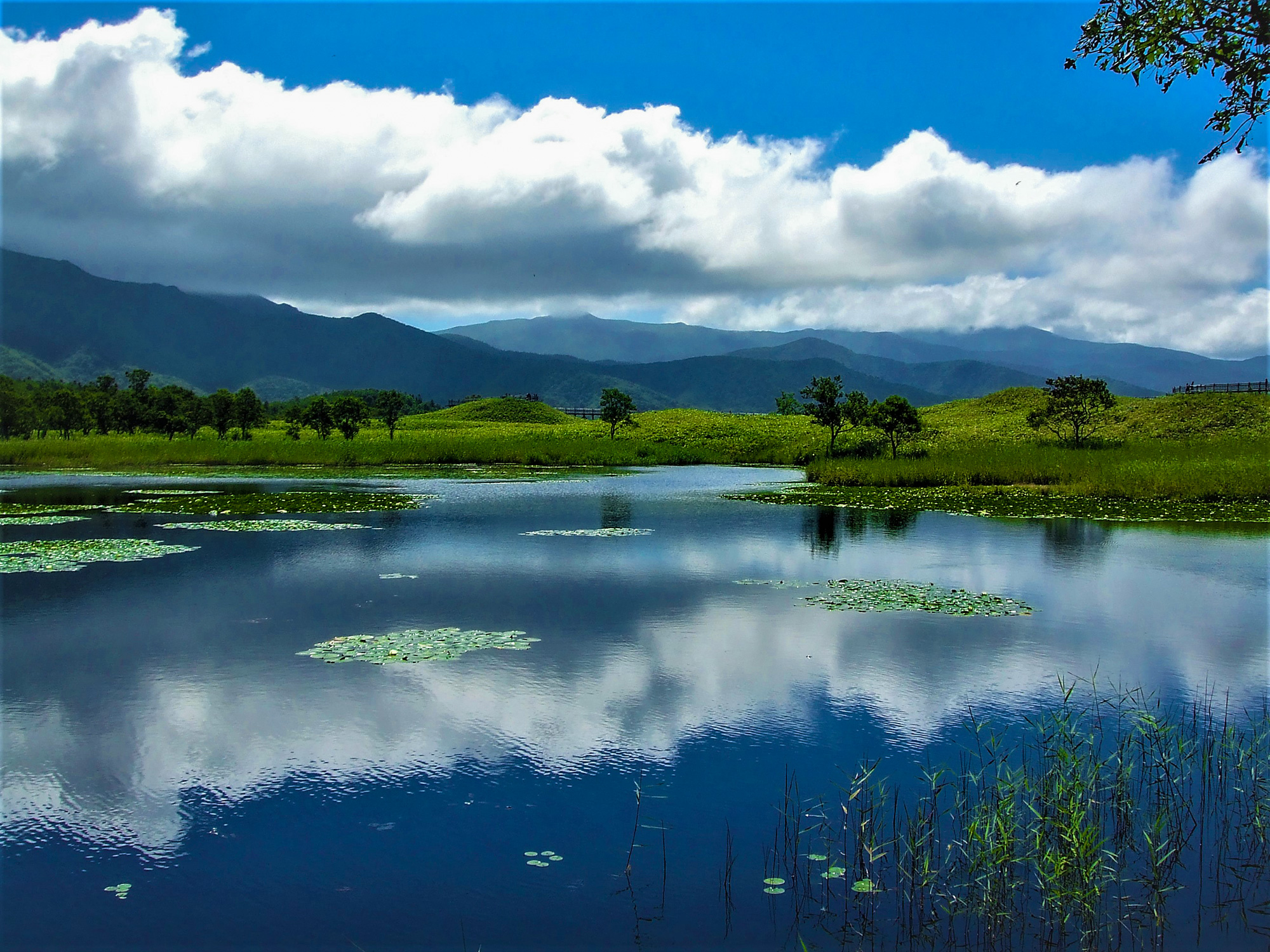Issue:
May 2022
Eric Johnston, the veteran Japan Times reporter, recently moved to the country’s far north. This is the first in a series of occasional dispatches from his new home.

After 34 years in the Kansai region, I decided to take advantage of my newspaper’s policy of allowing employees to work remotely and moved to Sapporo in February. I continue to cover national politics but also, when possible, Hokkaido issues of national importance.
I had many reasons for moving to the Great White North, starting with a desire to live in a cool, dry climate with four clearly defined seasons, as opposed to what felt like the two seasons of Kansai: cool and damp for a few weeks in December and January, followed by warm, and then hot and humid, for pretty much the rest of the year. A clean, green environment that produced Japan’s best food – and water – was also an enticing reason to relocate. On a deeper level, however, I felt I had “graduated” from Kansai. I was keen to experience a part of Japan that is as socially, historically, and culturally different from Kyoto and Osaka as it’s possible to be.

So, what I have learned after three months as a “Dosanko” or Hokkaido resident? Well, for starters, just how close Hokkaido is, in every sense of the word, to Russia. The Ukraine invasion took place a week after I arrived. For Japanese “down south” as we in Hokkaido refer to those of you on the other islands, Russia feels as distant as the moon. But here in Hokkaido, not only can one actually see Russia (Sakhalin is just barely visible from Rebun island) or Russian-held/Japanese-claimed territory (Kunashiri in particular is easily visible from parts of Hokkaido’s eastern coast), but also, until the last few weeks, easily encounter Russian residents.
In downtown Sapporo, American Phred Kaufman, the dean of the Sapporo foreign community, runs a great craft beer bar that feels like a veritable Rick’s Café, with an international crowd of punters from near and far. It was there I had a very interesting chat with one Russian about Ukraine in late February, just hours after I met another Russian resident in another part of town. I was thrilled to meet both of them and wanted to continue our discussions. By March, however, my follow-up phone calls and emails were going unanswered. What happened? Was it my aftershave or table manners? Did they not want to speak to a journalist, particularly an American? Did they think I was not a journalist but an undercover spy, sent to Sapporo by Langley to keep an eye on them and report back by Morse Code or hidden shortwave radio? Would I try to arrange meetings with them in the dark back alleys and sleazy bars of Sapporo’s Susukino district in an attempt to recruit them with bribes or blackmail? Had I read too many John le Carré novels or Cold War spy thrillers and become slightly paranoid due to an overactive imagination?
Well, I never found out. But I did learn just how economically dependent Hokkaido is on Russia. Crab, salmon, konbu, sea urchin, and other marine products form a large chunk of the roughly ¥112 billion in Russian imports to Hokkaido. Energy, specifically coal and LNG from Sakhalin, also makes up a good percentage. Russia and Japan have various agreements for everything from drift net fishing in Japanese waters of Russian-spawned fish to the harvesting of konbu in and around the disputed four islands. Japan’s sanctions on Russia meant many local businesses and individuals were, unlike op-ed writers in Tokyo, directly impacted by the various import bans.

And what about the four islands? Well, I’d always thought Hokkaido’s most famous politician, Muneo Suzuki, was a beloved father figure in Hokkaido. I quickly learned that Suzuki, while still a favorite among some over 70s, was viewed with suspicion by many other people due to his support for Russia returning only two of the four islands. I also arrived in Sapporo not long after publication of a thorough, and critical, book by Hokkaido Shimbun reporters on former Prime Minister Shinzo Abe’s relationship with Russian president Vladimir Putin. Abe is not that well-liked in Hokkaido, having basically agreed to the return of only two islands (Habomai and Shikotan). The politically powerful former island residents’ association in Hokkaido is particularly unhappy with Abe.
It also quickly became clear that Hokkaido takes its “clean and green” reputation very seriously. Unlike a lot of media reports I saw in Kansai (and Tokyo), renewable energy usage and environmental issues are discussed as natural developments and in a positive tone by the Hokkaido media to an extent that surprised me. Many Hokkaido firms are making the switch to 100% renewable energy, while the U.S. consulate in Sapporo announced in late April it, too, was going green by sourcing its electricity from a local power company’s 100% carbon-free plan.

From what I’ve seen so far, Hokkaido may have a bright future as a center for innovative environmental technologies and practices. Certainly, the public support, and sensibility, seems to be there. If combined with the necessary political and financial support for domestic and international start-up firms involved with such technologies to relocate to Hokkaido, the island will become a major hub for all manner of environmentalists and environmental businesses.
Well, spring is in air. A time for optimism, I know. But so far, so good. Clean air and water, great food, perfect weather (for me), new discoveries, and no encounters with bears in the streets of Sapporo. Much still to discover, both as a journalist and as a resident. Watch this space for further updates.
Eric Johnston is the Senior National Correspondent for The Japan Times. Views expressed within are his own and not necessarily those of The Japan Times.

